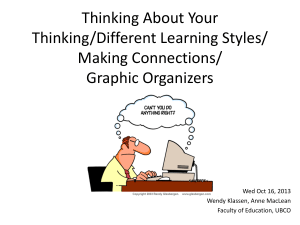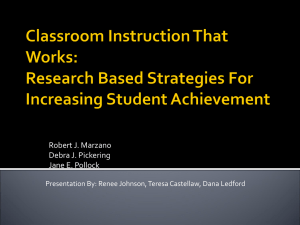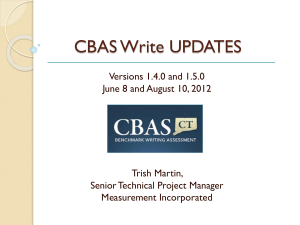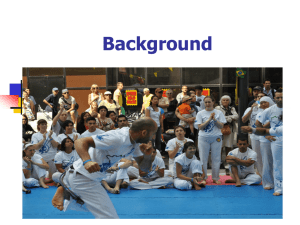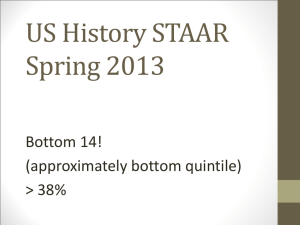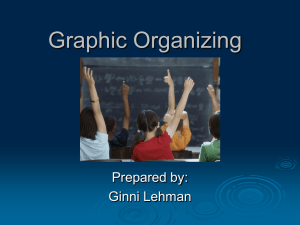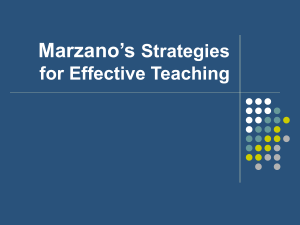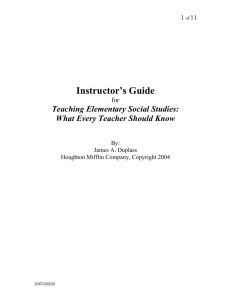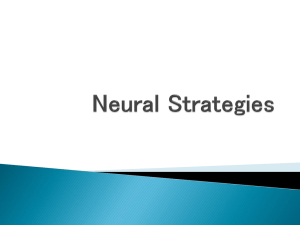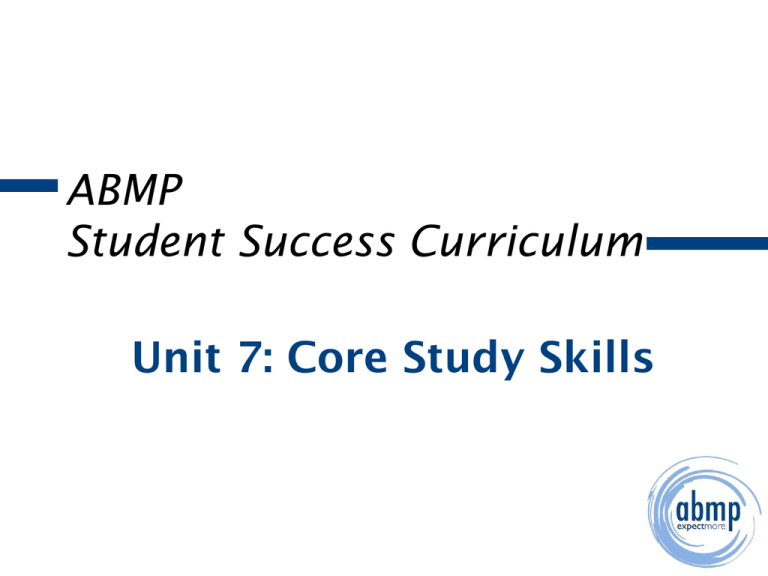
ABMP
Student Success Curriculum
Unit 7: Core Study Skills
2. Goals of this Lecture
• Learn note-taking skills.
• Identify methods for efficient textbook
reading.
• Track homework to improve homework
completion.
• Teach grade tracking skills to ensure students
understand the impact of points on a grade.
3. Benefits of Good Study Skills
• Get the most from reading assignments.
• Take useful and complete lecture notes.
• Finish homework assignments promptly.
• Keep track of grades.
• Prepare thoroughly for exams and skill checks.
• Manage test anxiety and pass exams.
4. Note Taking
• When to take notes • The Basics
– Lectures
– Listen & read actively
– Reading
assignments
– Use color
– Demonstrations
– Take reading notes
before lectures
• Use an organized
method or defined
system.
– Look up unfamiliar words
– Take brief notes that jog
your memory; avoid full
sentences
5. Reading System Defined
• A reading system is a planned and
organized method for reading
textbooks.
6. Textbook Features
• Learning objectives
• Keywords
• Chapter outline
• Introduction
• Tables, charts, graphs, figures
• Summary
• Review questions
7. A Functional Reading System
• Preview
– Creates a framework from which to view
material and construct understanding
• Active Reading
– Question the author and yourself
• Review
– Test your comprehension of each section
8. Preview Reading
• Read headings & subheadings.
• Read chapter introduction & summary.
• Read learning objectives.
• Read chapter outline.
• Read key words.
• Preview graphic elements.
9. Active Reading
• Question the author.
– What is the main point of this paragraph?
• Question yourself.
– How does this information relate to what I
already know about massage?
• Take notes.
• Arrange information on graphic organizers.
• Make mind maps.
10. Review
• Write a quiz for yourself.
• Answer review questions.
• Describe the information under each
heading and subheading.
• Revise and reorganize notes.
• Read over notes daily.
11. Active Reading Form
• Pre-reading checklist
• Key words & terms
• Headings
• Main ideas
• Lecture note details
12. Integrated Note Form
• Vocabulary words
• Key words
• Text notes
• Class notes
13. Overcome Reading Obstacles
• Obstacles
– Poor planning
– Lack of concentration & motivation
– Eye strain or poor vision
– Discomfort
– Reading the same sentence over and over with
no comprehension
– Lack of self-confidence
14. How do I find the main idea?
• Paragraphs follow similar patterns
• Main idea usually at beginning or end
• Lists of specific traits, components, or actions
• Often compared and contrasted
• May be printed in bold or italic type
15. Reading Graphics
1. Read the title of the graphic.
•
Helps reader understand overall idea
2. Identify starting point and follow arrows,
symbols, or pictures in order.
3. Draw a conclusion from the graphic and
verbalize it out loud.
16. Lectures and Note Taking
• Lectures often based on reading assignments.
• Read assignments before the lecture.
• Sit where you can see instructor, whiteboard,
projection screen.
• Listen actively (ask questions, form opinions,
take notes, add comments).
17. Note Format
Outline
Block
• 1. Early History
• Early history - massage
response to pain massage references
found around worldmedicine “ritualistic”.
Ancient China – Cong
Fou- med docreferences to massagewritten 2700BCE-nei
ching (yellow emp.
classic of internal med)
– Massage response to
pain
– References to massage
found around the
world
– Medicine “ritualistic”
• 2. Ancient China
– Cong Fou
18. Graphic Organizers
• Visually oriented forms
• Provide structure of note taking
• Organize information for better recall
• A variety of forms
19. Sun Map, Cluster, Spider Map
20. Four
Columns
Chart
21.
Compare
and
Contrast
Attributes
Chart
22. Fact
and
Opinion
Chart
23. Who,
What,
When,
Where,
Why Chart
24.
Sequence
Organizers
#1
25. Sequence Type 2
© Copyright 2007. All rights reserved. Associated Bodywork & Massage Professionals
www.abmp.com
26.
Sequence
Type 3
27. Four
Quadrants
28. Common Details
29. Muscle
Graphic
Organizer
30. Edit and Rewrite
• Process aids movement of information into
long-term memory.
• Fill in any missing details.
• Reorganize and compile text and lecture
notes.
• Review notes regularly.
– Make mock quizzes and take the quizzes.
31. Homework Completion
• Intent of Homework
– Teach students to apply concepts and skills
learned in earlier classes.
– Teach students to use critical thinking to solve
problems.
• Missed assignments lead to lower grades
and poor skill sets.
• Organize homework with the “Homework
Tracking Form.”
32. Grade Tracking
• Fill in any assignment, quiz, exam,
activity, etc. with a point value.
• As you complete each item, note the
points you received.
• At any point in the term you can
determine your grade.
33. Recap of Skills Learned
• Textbook reading method
• Note taking from textbook
• Note taking from lecture
• Use of graphic organizers
• Homework tracking
• Grade tracking
ABMP
Student Success Curriculum
Find additional resources
at ABMP.com.

